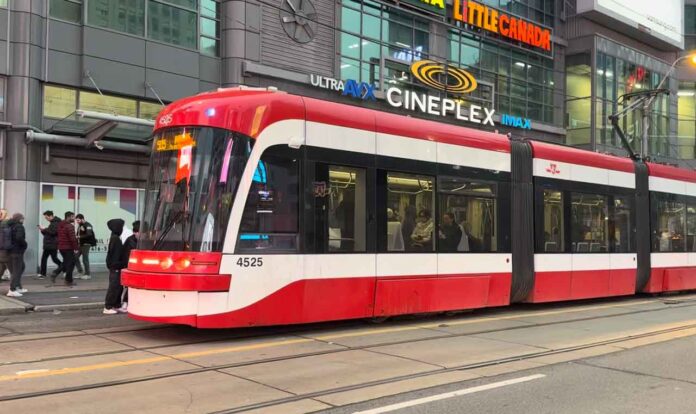Article content
Gyms, aquatic centres, and game rooms have long been staple amenities in condo developments, but new data suggest residents are prioritizing private space over common areas.
According to the 2024 Canadian Multi-Residential Satisfaction Study (CMRS) by real estate research firm simplydbs, 62 per cent of surveyed residents said they would prefer living in buildings with larger suites, even if it meant fewer shared amenities.
Article content
The large-scale study, which surveyed more than 24,000 residents between May and July 2024, revealed a shift in buyer preferences that could help inform real estate planning and development in a time of mounting housing pressures.
The preference for larger living spaces aligns with findings from a separate survey conducted by Devron Developments. The survey found that 47 per cent of Greater Toronto Area (GTA) residents now view condos as a viable long-term housing option, and 53 per cent of current condo owners are open to purchasing a larger unit to accommodate extended living. Despite this growing demand for bigger spaces, the Toronto condo market remains flooded with smaller units, underscoring a persistent disconnect between supply and demand.
The CMRS study also reveals some notable demographic trends. While most age groups are leaning toward larger suites, younger residents between the ages of 19 and 24 are more likely to prioritize amenities over space. Income levels also play a significant role in shaping preferences. Residents earning less than $30,000 per year were more inclined to favour amenities, while those with higher incomes generally prefer more space.
Article content
Toronto currently has more than 120,000 purpose-built rental units in the development pipeline, according to a June 2024 report by the city’s planning department, but is still grappling with a shortage of family-sized housing units. In 2020, the city introduced guidelines requiring 25 per cent of new condo developments to include larger units — specifically, 10 per cent for three-bedroom units and 15 per cent for two-bedroom units. However, many developers are failing to meet these targets, choosing instead to build smaller, more affordable units to maximize profits.
The disconnect between what buyers are seeking and what is being offered by developers is further highlighted by figures from the Toronto Regional Real Estate Board (TRREB). TRREB reported an 80 per cent year-over-year increase in active condo listings in June 2024. This trend continued into July, with a 64 per cent increase in listings compared to the same time last year. Active condo listings reached 8,979 in July, up from 5,416 in July 2023. While the supply of condos continues to rise, the demand for larger units remains unmet, leaving many potential buyers without the space they need.
Article content
According to Devron, developers will need to adjust their strategies to meet the evolving demand or risk leaving a growing segment of the market underserved. If the supply of smaller units continues to outpace that of larger condos, developers will face further challenges in the years ahead.
• Email: shcampbell@postmedia.com
Bookmark our website and support our journalism: Don’t miss the business news you need to know — add financialpost.com to your bookmarks and sign up for our newsletters here.
Share this article in your social network














